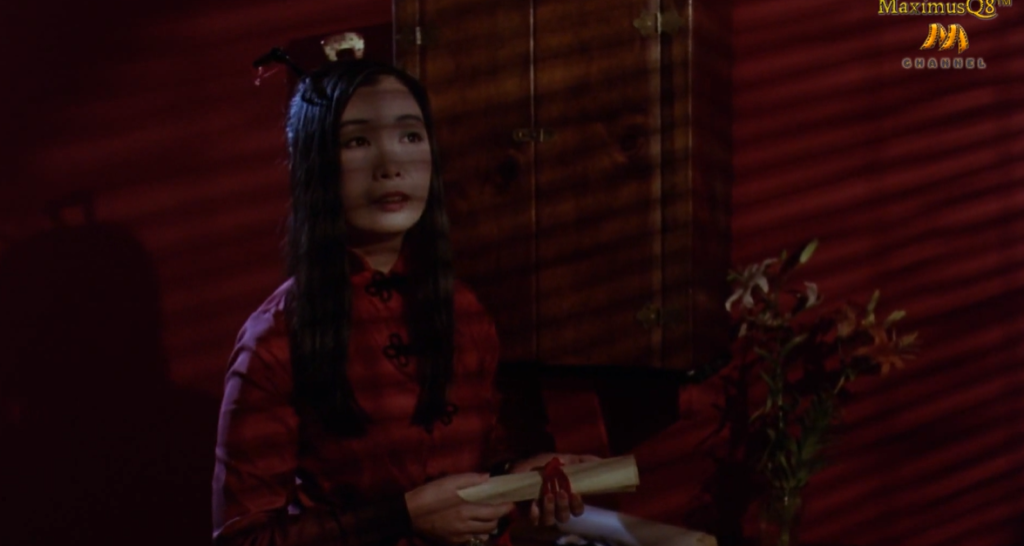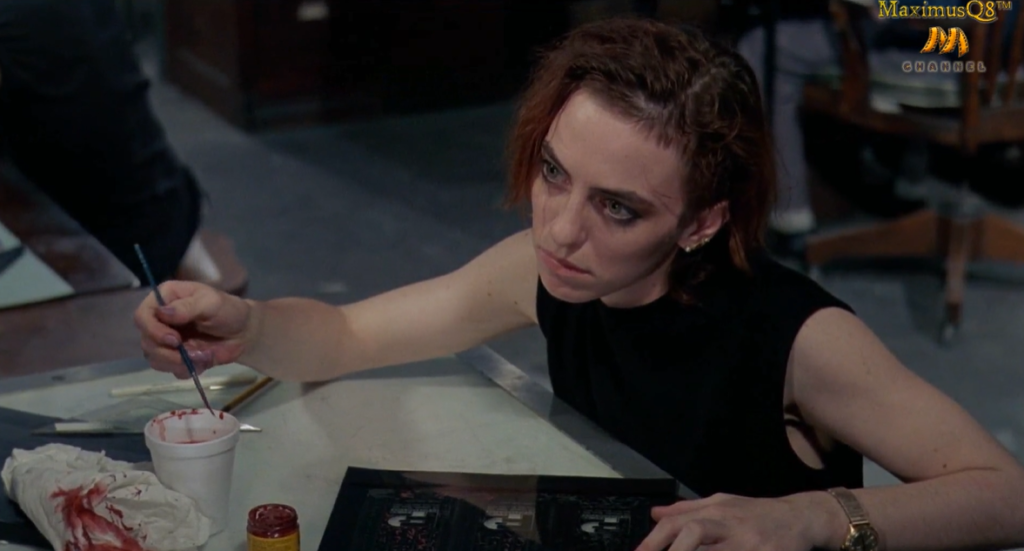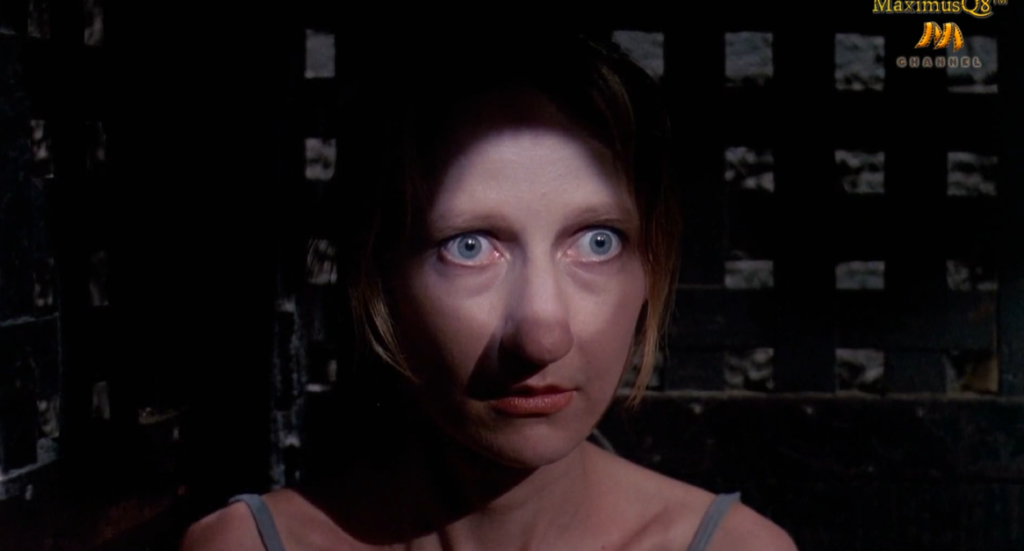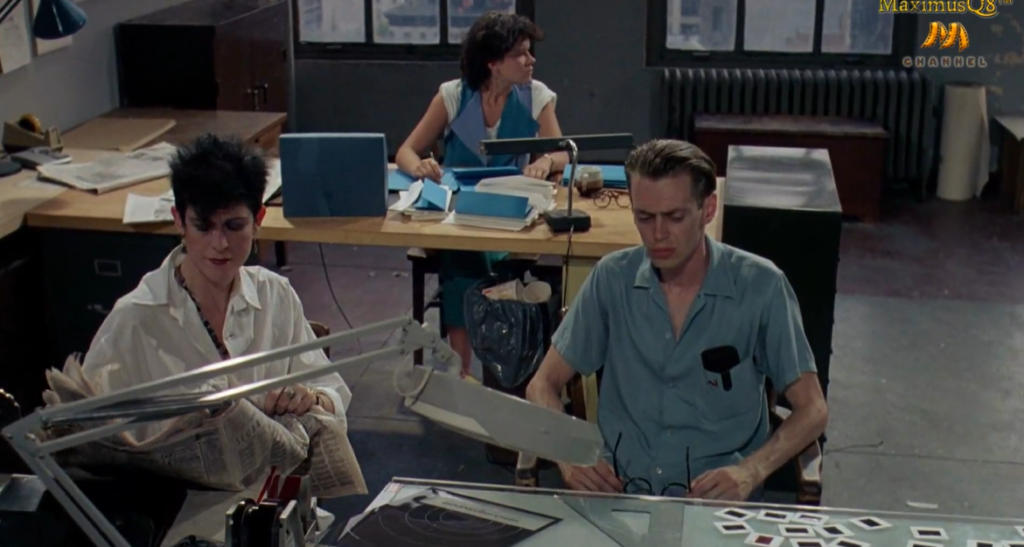Sleepwalk (1986)
“Everything she had forgotten, everything she had lost sight of, suddenly flowed back into her heart — and the spell was broken.”
|
Synopsis: |
|
Genres, Themes, Actors, and Directors:
Review: … then shifts to an office, where we see workers trying to pass the time either by zoning out while getting their tasks done: … or acting out, as when Fletcher’s roommate (Ann Magnuson) bugs their boss about his weight and potato chip eating, or tries to bum money off of hard-working Fletcher. Eventually we see that Fletcher has a son (Dexter Lee): … who seems to primarily take care of himself. Fletcher, meanwhile, is obsessed with a new job she’s gotten translating the scroll we saw in the opening sequence — and as she writes out the story, we’re meant to understand that it’s somehow impacting (and/or interacting with) her reality as well. It’s all highly atmospheric and somewhat spooky, yet makes little sense. Watch for Steve Buscemi in one of his earliest roles as an “office worker”, though he doesn’t have much to do or say. Notable Performances, Qualities, and Moments: Must See? Links: |









One thought on “Sleepwalk (1986)”
[PASS]